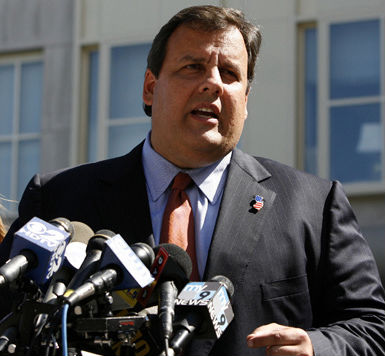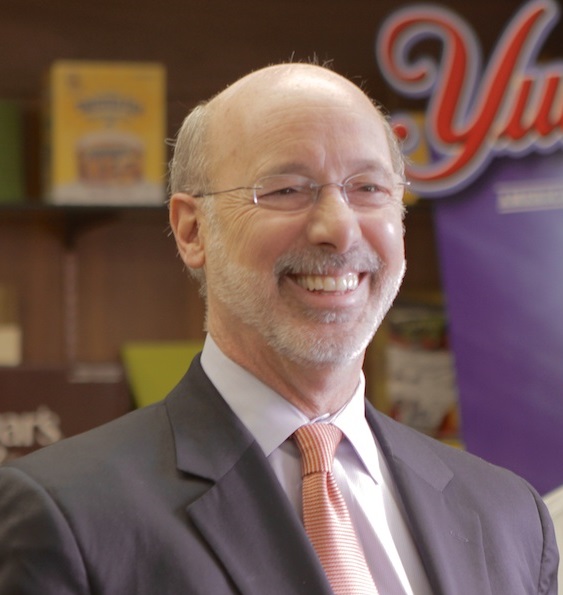Most New Jersey Democrats stand staunchly opposed to Gov. Chris Christie’s proposed pension overhaul, which includes freezing benefits and shifting employees into a hybrid plan.
But Christie and his opponents may agree on one proposed change: lengthening the timeline for the state to make its full actuarially-required contributions to the pension system.
Under Christie’s 2011 pension reforms, the state had 7 years to slowly work its way up to making the full ARC.
Christie wants to extend the timeline to 10 years, which would lower the state’s burden for the near future.
Some Democrats are on board with the plan.
From NJ Spotlight:
Christie’s $33.8 billion budget for the fiscal year that begins July 1 proposes changing the goal for getting up to full state funding of the annual pension payment required by actuaries from seven years to 10 years.
And the $1.3 billion pension contribution Christie has incorporated into his proposed budget would equal three-tenths of what actuaries say the state should be paying on an annual basis to ensure the solvency of the pension system, which covers the retirements of roughly 773,000 current and retired employees.
Assembly Speaker Vincent Prieto (D-Hudson) said in an interview with NJ Spotlight that he’s also been talking about stretching out the period to reach full funding given state tax collections in recent years have not measured up to Christie’s revenue projections.
Though lawmakers have sought to raise revenue in other ways, Christie has rejected their ideas and simply cut the pension contribution instead.
“I think it is something to look at,” Prieto said. “We can look at spreading it out so it gives us a little bit of time.”
“It may give us the opportunity for our revenues to catch up,” he said.
Under the 10-year plan, New Jersey’s 2015-16 contribution would total $1.4 billion. Under the seven-year plan, the same payment would rise to around $2.25 billion.
Photo By Walter Burns [CC BY 2.0 (http://creativecommons.org/licenses/by/2.0)], via Wikimedia Commons









